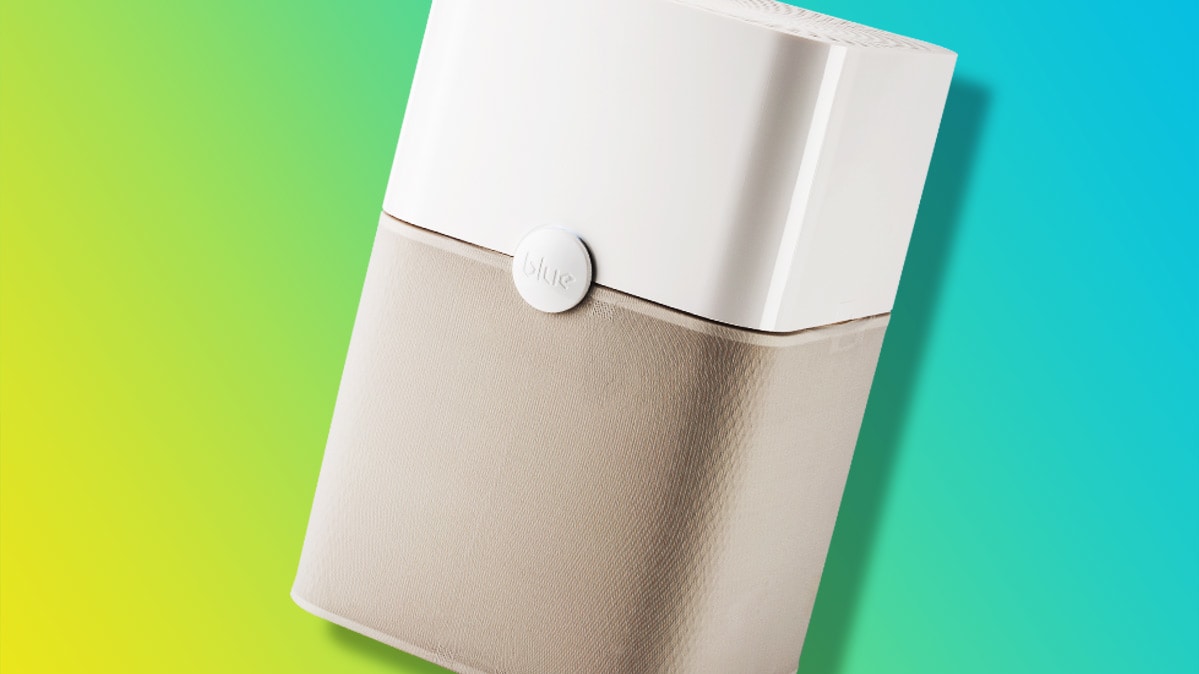Don’t Spend Money on an Air Purifier You May Not Need

Indoor air can be two to five times as dirty as outside air, so it makes sense that interest in air purifiers spikes in winter, when cold weather keeps us indoors with the windows shut. But we’re just as likely to be shuttered inside in hot weather with the air conditioner cranking. To clear the air, more and more consumers are turning to air purifiers, according to Gfk, a market research firm. But unless you have allergies, you probably don’t need one, and the Environmental Protection Agency does not endorse manufacturer claims of healthier indoor air resulting from the use of air purifiers.
Norman Edelman, M.D., a professor of preventive and internal medicine at New York’s Stony Brook University, agrees that keeping indoor air clean is the best strategy but adds that it can be difficult to keep all allergens and particulates out of the house. “The data on air purifiers are not clear,” he says. “When used properly, they have been shown to modestly reduce allergy symptoms.”
Air purifiers aren’t cheap and can be expensive to operate because they typically run around-the-clock (see chart below). And they have limitations in terms of their primary job. For example, an air purifier can remove only airborne particles, not the dust and pet dander that has already settled into the carpet. “For that you’ll need a good vacuum,” says Dave Trezza, who has tested both appliances for Consumer Reports.
Finally, our tests found that air purifiers can be noisy, especially at higher speeds, and may keep you awake if you use one in your bedroom.
Still, if you’re convinced that you need an air purifier, there are ways to spend less and get capable air-cleaning performance. Start by buying an Energy Star model, which is 40 percent more energy-efficient than a standard model and costs $30 per year less to run. Then check how well the air purifiers in our tests remove smoke, pollen, and dust on both high and low speeds (important for noise).
Our top performer is the Blueair Blue Pure 211, $250 (shown above). It earns an Excellent rating at removing fine clay dust and cigarette smoke from the air on both low and high settings. Models that score well for dust are also good at removing pollen. (The particles are roughly the same size.) However, in our tests the Blueair Blue Pure was fairly noisy on high (a little less so on low). That’s typical. “We recommend buying a larger air purifier and running it on a slower speed for the best and quietest results,” Trezza says.
The Blueair, like the other air purifiers CR recommends, is suitable for a 350- to 650-square-foot space—a fairly large room. We calculated how much several models cost to run for one and five years. Annual energy cost is based on running the unit 24 hours a day. Filter costs are based on the manufacturer’s replacement recommendation—typically once or twice a year, or four times a year for carbon filters. Here are the operating costs of four models from our tests.

Recent Comments